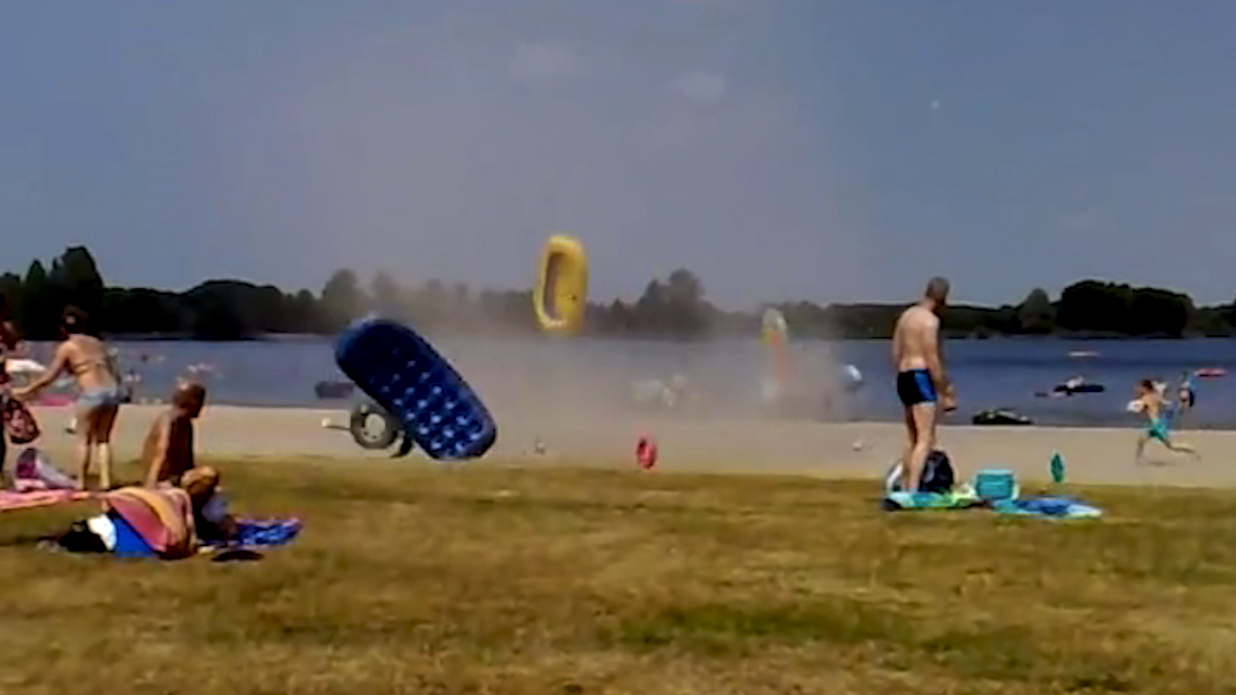A WILD WAY AT HOME
Elsa Estrella
Elsa Estrella
A WILD WAY AT HOME
main project for semester topic "Present Future"11:12 min, video essay, 2020
“It is a fact that it takes experience before one can realize what is a catastrophe and what is not. Children have little faculty of distinguishing between disaster and the ordinary
course of their lives.” ― Richard Hughes ("A High Wind in Jamaica", 1929)
The film "The Wizard of Oz" by Victor Flemming (1939) and the book "A High Wind in Jamaica" by Richard Hughes (1929) have two elements in common: both stories begin with a tornado, and both deal with the boundaries between childhood and adulthood. In "A High Wind in Jamaica", the powerful tornado that rips apart the parents’ home creates a seeming paradise for children, and in "The Wizard of Oz", a tornado transports Dorothy into the colorful and fantastic world of Oz. The film "Gummo" by Harmony Korine (1997), too, takes place under the shadow of a tornado: it is the story of a group of aimless children in a tornado-ridden village. It seems no coincidence that in order to make use of the metaphorical character of the catastrophe (and the meaning it acquires from a child’s perspective), the three authors choose to represent it with the tornado.
A tornado is a conduit. The wind blows things away, “leading” them elsewhere. In this video essay I propose to investigate this symbolic and poetic power of the tornado in popular culture.
References:
The Lovers Wind by Lamorisse
Wizard of Oz by Victor Flemming
Key Largo by John Huston
A High Wind in Jamaica by Richard Hughes
Hurricane by John Ford
The Quiet Man by John Ford
Gummo by Harmony Korine
Take Shelter by Jeff Nichols
Places in the Heart by Robert Benton
